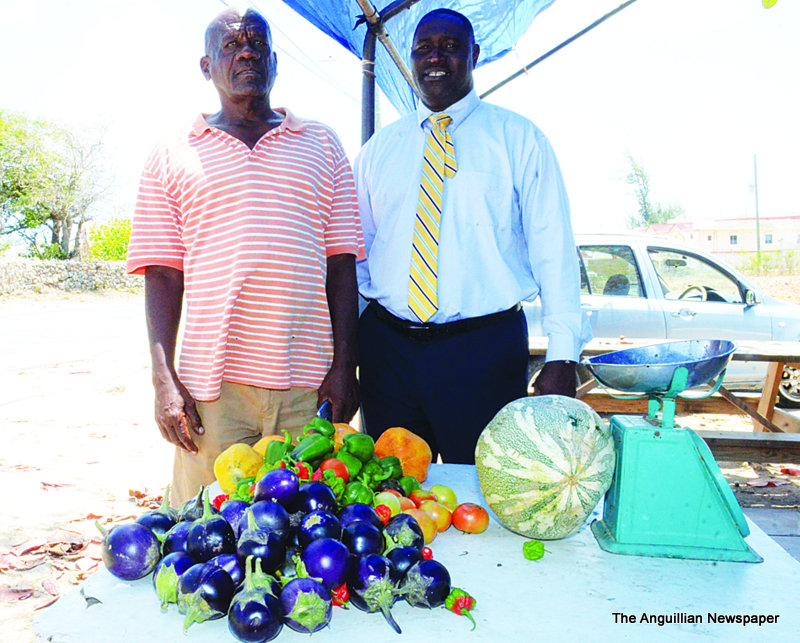Osteoporosis is a bone disease that occurs when the body loses too much bone. This condition develops slowly over several years and is often only diagnosed when a minor fall or sudden impact causes a bone fracture. Complications can occur – some of which can be life-threatening.
What is osteoporosis?
Osteoporosis is a condition that weakens bones – making them fragile and more likely to fracture (break). The bones in individuals with osteoporosis become so brittle that a fall or even mild stresses, such as bending over or coughing, can cause a fracture. Having a healthy diet, and weight-bearing exercise, can help prevent bone loss or strengthen already weak bones. Osteoporosis-related fractures most commonly occur in the hip, wrist or spine. However, fractures can also occur in other bones such as in the arm or pelvis. Osteoporosis tends to affect more women than men, but it can also affect men.
What are some symptoms of osteoporosis?
In the early stages of osteoporosis there might not be any signs or symptoms.
Osteoporosis is not usually painful until a fracture occurs, but spinal fractures are a common cause of long-term (chronic) pain.
Although a fracture is the first sign of osteoporosis, some older people develop the characteristic stooped (bent forward) posture. It happens when the bones in the spine have fractured, making it difficult to support the weight of the body.
What are some causes of osteoporosis?
Losing bone is a normal part of the ageing process, but some people lose bone density much faster than normal. This can lead to osteoporosis and an increased risk of fractures.
Women also lose bone rapidly in the first few years after the menopause. Women are more at risk of osteoporosis than men, particularly if the menopause begins early (before the age of 45).
Many other factors can also increase the risk of developing osteoporosis, including:
• long-term use of high-dose oral corticosteroids
• other medical conditions – such as inflammatory conditions, hormone-related conditions, or malabsorption problems
• a family history of osteoporosis – particularly history of a hip fracture in a parent
• long-term use of certain medications which can affect bone strength or hormone levels
• having a low body mass index (BMI)
• heavy drinking and smoking
Treatment
Treatment for osteoporosis is based on treating and preventing fractures, and using medication to strengthen bones.
The decision about whether you need treatment depends on your risk of fracture. This will be based on a number of factors such as your age, sex and the results of various investigations.
If you need treatment, your doctor can suggest the safest and most effective treatment plan for you.
Can osteoporosis be prevented?
If you are at risk of developing osteoporosis, you should take steps to help keep your bones healthy. These may include:
• taking regular exercise
• healthy eating
• Having regular medical check-ups
• making lifestyle changes – such as giving up smoking and reducing your alcohol consumption
People who spend a lot of time sitting have a higher risk of osteoporosis than those who are more active. Any weight-bearing exercise and activities that promote balance and good posture are beneficial for your bones, but walking, dancing and weightlifting seem particularly helpful.
If you have osteoporosis, do not do high-impact exercises. Activities such as jumping can lead to fractures in weakened bones. Avoid jerky, rapid movements in general.
Complications of osteoporosis
Fractures, particularly in the spine or hip, are the most serious complication of osteoporosis. Hip fractures are often caused by a fall, and can result in disability and even an increased risk of death within the first year after the injury.
In some cases, spinal fractures can occur even if you have not fallen. The bones that make up your spine (vertebrae) can weaken to the point that they may crumple, which can result in back pain, lost height and a hunched forward posture.
Conclusion
Osteoporosis is a bone disorder that is more common in women, but can occur in men as well. There might be no symptoms in the early stages of the disease, but pain related to fractures is a common symptom. If you are at risk for osteoporosis, or have symptoms suggestive of this disorder, you should see your healthcare provider.
Ask Your Dr is a health education column and is not a substitute for medical advice from your physician. The reader should consult his or her physician for specific information concerning specific medical conditions. While all reasonable efforts have been made to ensure that all information presented is accurate, as research and development in the medical field are ongoing, it is possible that new findings may supersede some data presented.
Dr Brett Hodge MB BS DGO MRCOG is an obstetrician/Gynaecologist and Family Doctor with over thirty-six years in clinical practice. Dr Brett Hodge has a medical practice in The Johnson Building in The Valley (Tel: 264 497 5928).









